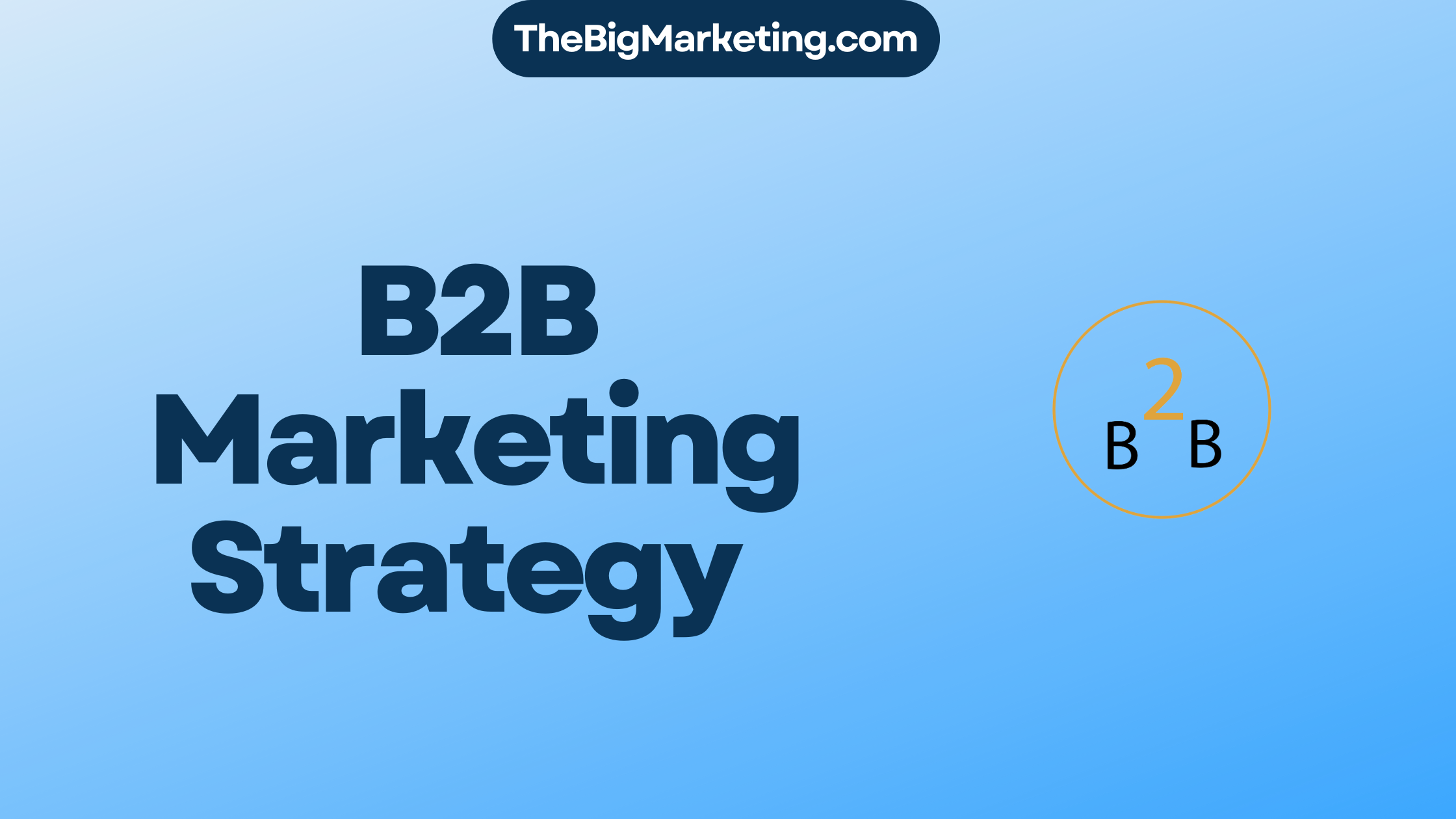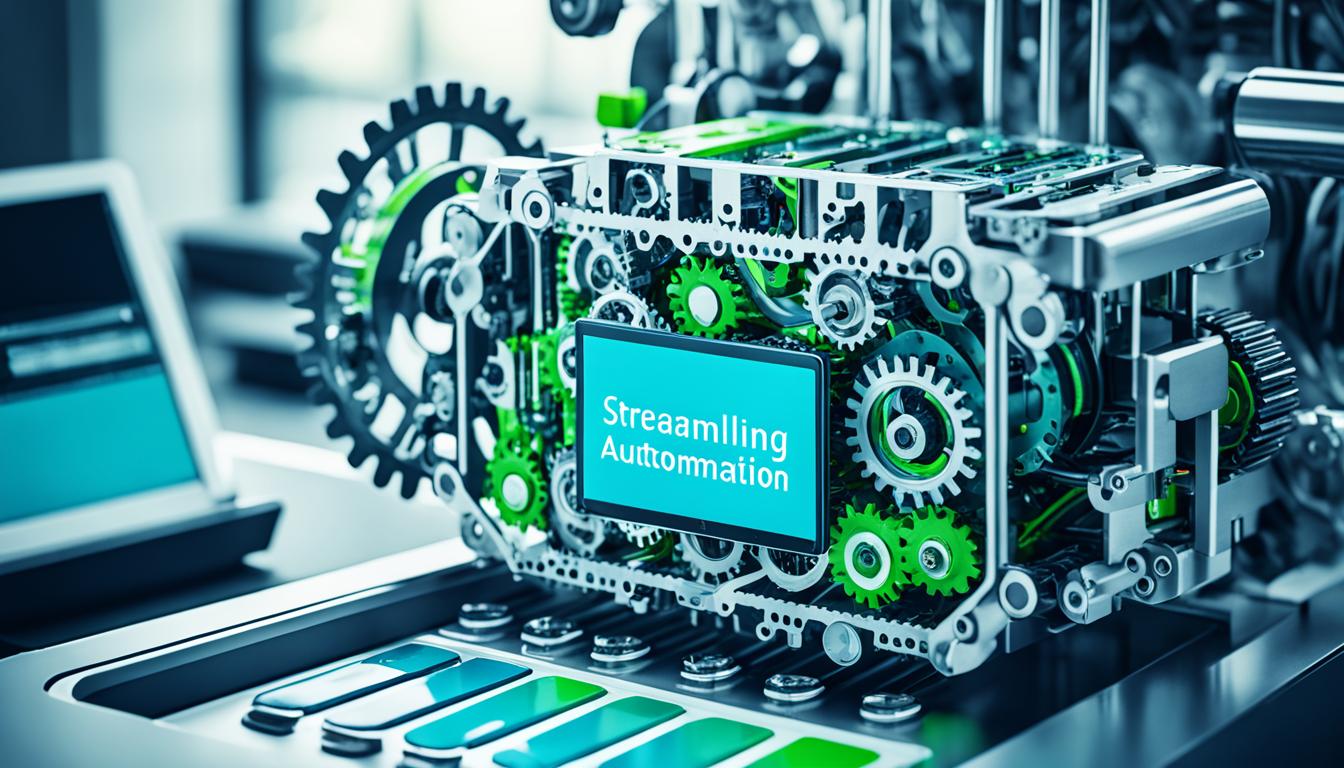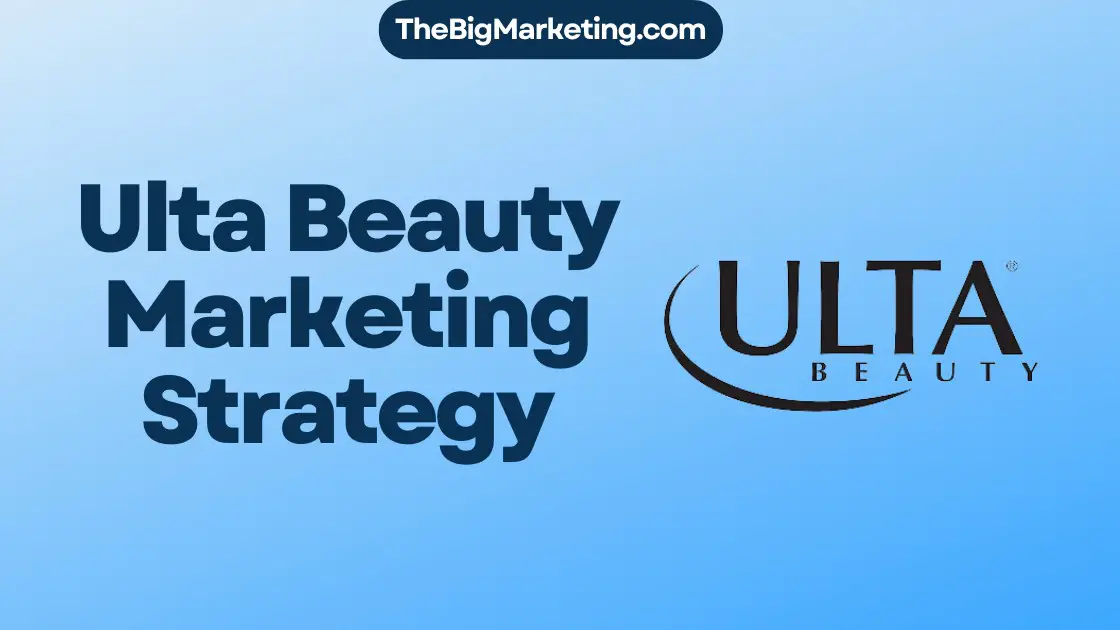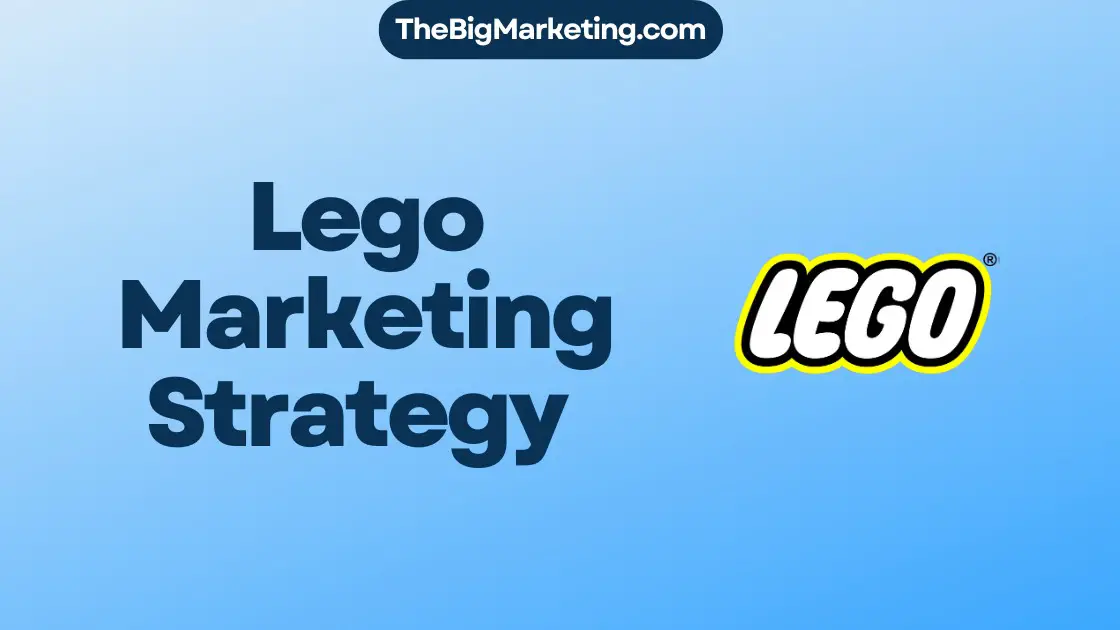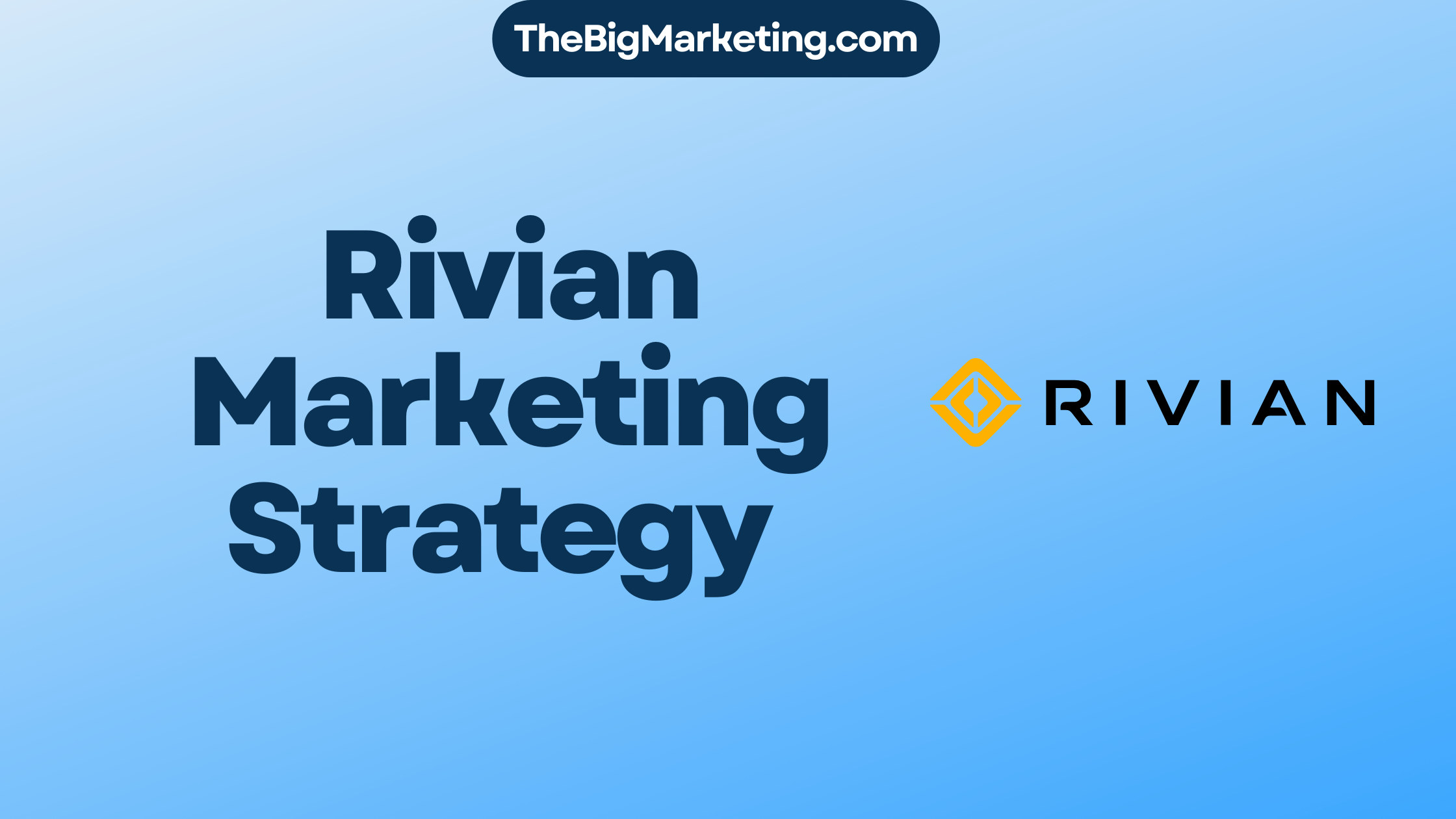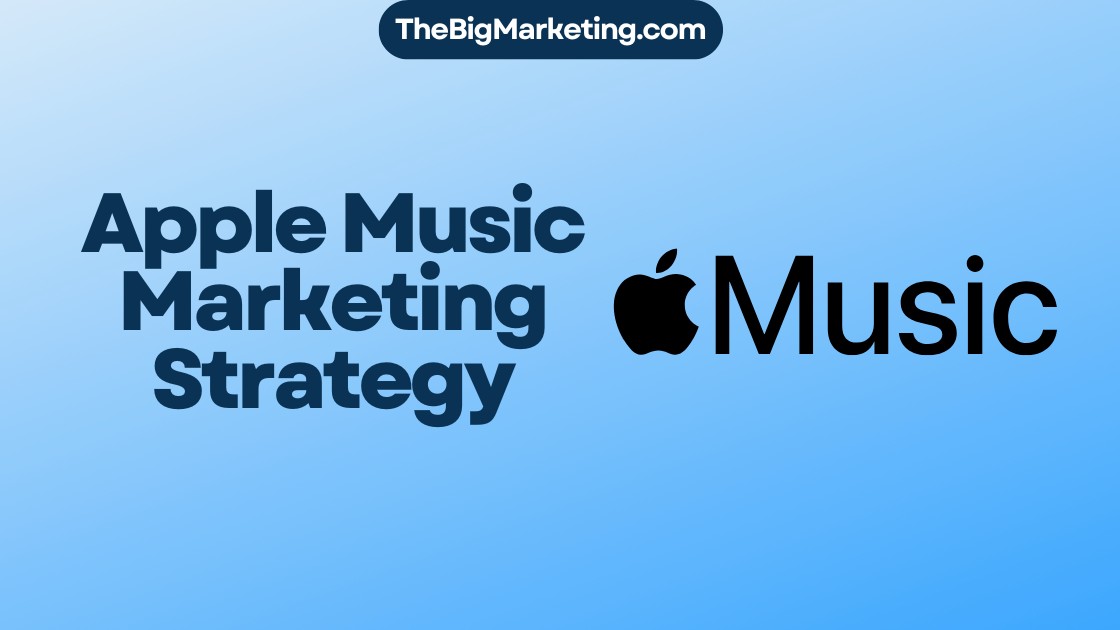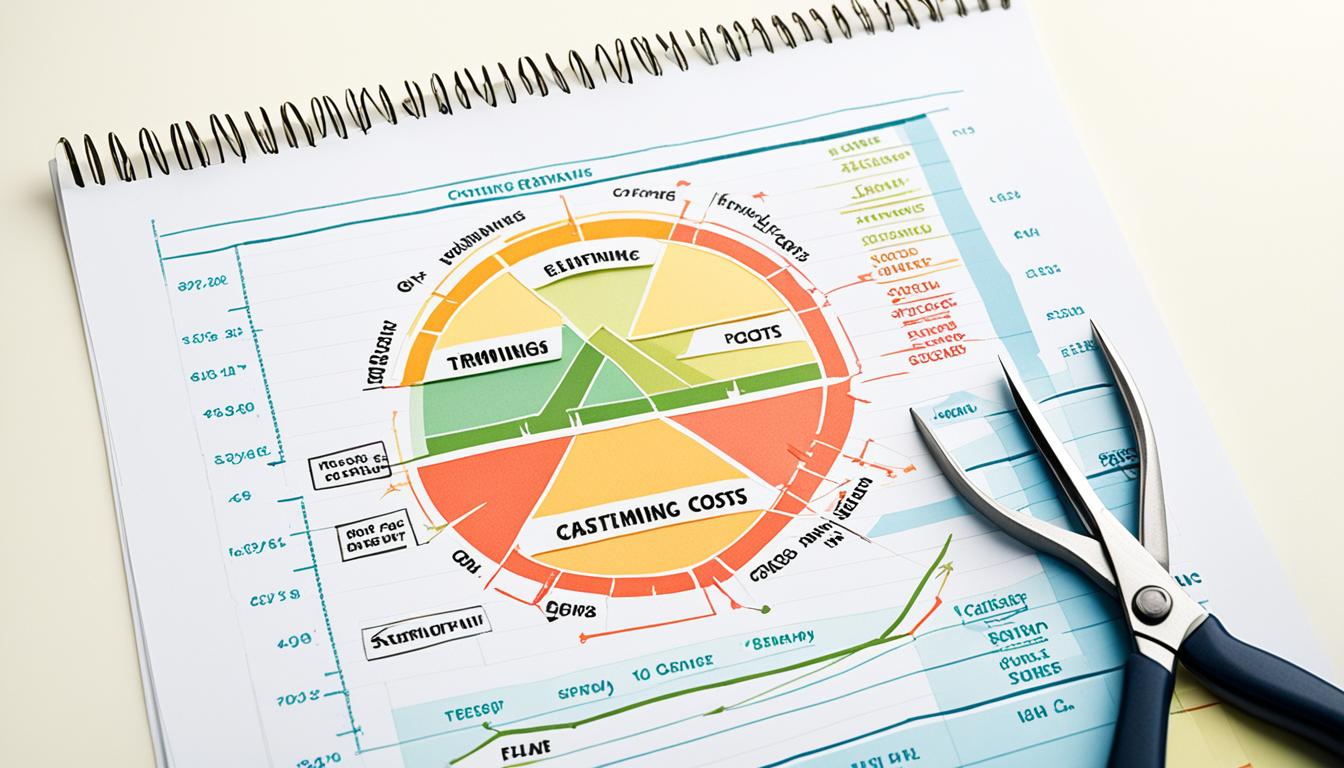The packaging industry is a dynamic and competitive market that requires effective marketing strategies to stand out from the competition. In 2024, marketing professionals in the packaging industry need to be proactive in order to boost brand awareness, drive sales, and meet the evolving needs of consumers.
With the global packaging market projected to reach $1.05 trillion by 2024, it is crucial for companies to implement innovative marketing strategies to stay ahead. In this article, we will explore essential marketing tips and strategies for the packaging industry, along with insights into industry trends and growth opportunities.
Key Takeaways:
- Developing a strong online presence is crucial for boosting brand awareness in the packaging industry.
- Implementing targeted digital marketing strategies can help reach a wider audience and drive sales.
- Creating visually appealing and informative packaging designs can leave a lasting impression on consumers.
- Investing in sustainable packaging solutions can attract environmentally conscious consumers.
- Collaborating with influencers and leveraging social media platforms can help increase brand visibility and engagement.
Trends and Growth Opportunities in the Intelligent Packaging Market
The intelligent packaging market is a dynamic and promising sector that offers significant growth potential for packaging companies. By embracing state-of-the-art technologies and innovative strategies, packaging companies can capitalize on market trends and expand their market share. In this section, we will explore the latest trends and growth opportunities in the intelligent packaging market.
Market Trends
1. Increased Demand for Sustainable Packaging: With consumers becoming more environmentally conscious, there is a growing demand for sustainable packaging solutions. Packaging companies can capitalize on this trend by incorporating eco-friendly materials and implementing sustainable practices throughout the packaging lifecycle.
2. Integration of Digital Technologies: The digital revolution has transformed the packaging industry, enabling companies to enhance product functionality and security. Technologies such as augmented reality (AR), QR codes, and near-field communication (NFC) are being increasingly integrated into packaging to provide interactive and engaging experiences for consumers.
3. Personalization and Customization: Consumers are seeking personalized and unique experiences, and this extends to packaging as well. Packaging companies can leverage digital printing technologies and data analytics to offer customized packaging solutions that cater to individual preferences and enhance brand loyalty.
4. Smart Packaging Solutions: The integration of sensors, RFID tags, and smart labels in packaging has opened up new opportunities for tracking and monitoring product quality, authenticity, and supply chain efficiency. Smart packaging solutions enable real-time data collection and analysis, enhancing product safety and consumer trust.
Growth Opportunities
1. Expansion into E-Commerce Packaging: With the rapid growth of e-commerce, there is a significant demand for packaging solutions that are optimized for online retail. Packaging companies can capitalize on this opportunity by offering packaging solutions that prioritize product protection, space optimization, and a memorable unboxing experience.
2. Digital Marketing Solutions: As digital channels become increasingly important in consumers’ purchasing journeys, packaging companies need to embrace digital marketing strategies to effectively reach their target audience. Digital marketing solutions such as social media marketing, content marketing, and influencer partnerships can help packaging companies build brand awareness and drive product sales.
3. Collaboration and Partnerships: To stay ahead in the competitive packaging industry, companies should actively seek strategic partnerships and collaborations. By partnering with technology providers, supply chain partners, and industry experts, packaging companies can access cutting-edge technologies, expand their market reach, and drive innovation in the intelligent packaging sector.
By staying informed about market trends and seizing growth opportunities, packaging companies can position themselves as leaders in the intelligent packaging market. With the right strategies and innovative solutions, packaging companies can drive customer engagement, increase brand value, and achieve long-term success.
| Benefits of Intelligent Packaging Market Trends | Growth Opportunities in the Intelligent Packaging Market |
|---|---|
| Increased consumer demand for sustainable packaging | Expansion into e-commerce packaging |
| Integration of digital technologies for interactive consumer experiences | Digital marketing solutions for packaging companies |
| Personalization and customization in packaging | Collaboration and partnerships in the industry |
| Emergence of smart packaging solutions |
Sustainable Packaging and Environmental Concerns
Sustainability is a growing focus in the packaging industry, particularly in Western Europe. As consumers become more environmentally conscious, they expect brands to operate sustainably and are actively seeking easily recyclable and sustainable packaging materials.
Several eco-friendly packaging materials have gained popularity due to their sustainable properties. These include:
- Paper and board: Renewable and easily recyclable, paper and board packaging materials are widely used for their eco-friendly characteristics.
- Recycled PET (rPET): By utilizing recycled PET, packaging manufacturers help reduce waste and conserve resources.
- Bioplastics: Made from renewable sources such as corn starch or sugarcane, bioplastics offer a more sustainable alternative to traditional plastics.
Furthermore, there is a growing recognition of the need to reduce excessive secondary packaging. Excessive packaging not only leads to unnecessary waste but also has a negative impact on the environment. Brands are actively exploring ways to optimize packaging design and minimize unnecessary materials.
Sustainable packaging goes beyond the use of eco-friendly materials and reducing excess. It also leverages the benefits of flexible packaging, which includes extended shelf life and reduced environmental footprint. Flexible packaging is lightweight, requires fewer resources during production, and requires less energy for transportation, making it a more sustainable option.
To illustrate the increasing importance of sustainable packaging, consider the following table showcasing the rise in consumer demand for eco-friendly materials:
| Year | Percentage of Consumers Preferring Sustainable Packaging |
|---|---|
| 2017 | 45% |
| 2018 | 52% |
| 2019 | 61% |
| 2020 | 68% |
| 2021 | 75% |
As the data shows, there has been a consistent increase in the preference for sustainable packaging, highlighting the demand for environmentally friendly solutions.
By prioritizing sustainable packaging practices, companies can not only meet consumer expectations but also contribute to a healthier planet. Sustainable packaging is not just a trend; it is a necessity and an opportunity for businesses to demonstrate their commitment to the environment.
Implementing sustainable packaging techniques and using eco-friendly materials will not only benefit the environment but also enhance brand reputation and customer loyalty. Consumers are more likely to choose products that align with their values, making sustainability a powerful marketing tool for brands.
Consumer Preferences and Customized Packaging
In today’s competitive market, consumers are no longer satisfied with generic packaging. They seek personalized and customized packaging that reflects their individuality and meets their unique needs. This shift in consumer preferences has led to a rise in demand for packaging that goes beyond its traditional role of protection and containment.
One way to cater to this demand is through personalized packaging. By incorporating elements such as names, messages, or even images, brands can create a sense of exclusivity and make customers feel special. Personalized packaging can be a powerful tool for building brand loyalty and forging emotional connections with consumers.
Another effective strategy is the use of customized packaging. This involves tailoring packaging design and functionality to align with specific target audiences or market segments. For example, a brand targeting eco-conscious consumers may opt for sustainable packaging materials and minimalist designs, while a luxury brand may focus on premium materials and lavish finishes.
Additionally, interactive features such as QR codes and augmented reality can enhance the customer experience by providing easily accessible information and engaging content. QR codes, when scanned, can redirect users to websites, product details, or promotional offers, allowing for a more interactive and immersive experience. Brands can leverage these technologies to offer additional value to consumers and create memorable brand experiences.
The Role of Packaging in Brand Storytelling and Differentiation
Packaging is not just about protection and functionality; it is a powerful storytelling tool. The design, colors, and materials used in packaging can communicate the brand’s values, personality, and story. Strong brand storytelling through packaging can evoke emotions, create connections, and differentiate a product from competitors.
Customized packaging allows brands to align their packaging design with their brand identity and narrative. By carefully selecting fonts, colors, and graphics that align with the brand’s visual identity, packaging becomes an extension of the brand experience. This consistency in design across all touchpoints helps to reinforce brand recognition and recall.
Convenience is also a vital factor in consumer preferences. Packaging that is easy to open, resealable, and convenient to use resonates with busy, on-the-go consumers. Brands that prioritize convenience in their packaging design can attract and retain customers who value ease and efficiency in their daily lives.
Enhancing the Customer Experience with Multi-Panel Labels and Extended Content
Multi-panel labels are an effective way to provide consumers with extensive product information without cluttering the primary packaging. These labels unfold to reveal additional details, instructions, ingredients, or promotional offers. Multi-panel labels not only accommodate the need for regulatory information but also enhance the customer experience by providing valuable content in an organized and accessible manner.
Extended content packaging takes this concept further, offering consumers even more in-depth information through innovative packaging designs. In the form of booklets, folding cartons, or unique label constructions, extended content packaging offers a comprehensive overview of the product, including usage instructions, benefits, and even stories about the brand’s journey.
Both multi-panel labels and extended content packaging contribute to consumer satisfaction by delivering the information they desire while maintaining an uncluttered primary packaging design.
Customized packaging, interactive features, and thoughtful design choices can elevate a brand’s packaging from a mere vessel to a cherished part of the customer experience. By understanding and catering to consumer preferences, brands can differentiate themselves in the market and create lasting connections with their target audience.
| Benefits of Personalized and Customized Packaging | Interactive QR Codes and Augmented Reality | Multi-Panel Labels and Extended Content Packaging |
|---|---|---|
|
|
|
Rising Incomes and Increased Spending on Packaged Products
Rising incomes in Asia and other developing regions have led to a significant boost in consumer spending on packaged products. This trend encompasses various sectors, including the packaged food market, luxury products packaging, and cosmetics packaging. As disposable incomes rise, consumers are increasingly seeking convenience and quality in their purchases, driving the demand for packaged goods.
When it comes to the packaged food market, traditional packaging formats like metal tins and glass jars are being replaced by more flexible options. High-barrier films and retort stand-up pouches have become popular choices, offering enhanced product protection, longer shelf life, and improved convenience.
Similarly, the luxury products packaging industry is witnessing a surge in demand. As consumers seek premium and high-end products, packaging plays a crucial role in creating a luxurious and exclusive experience. Brands are investing in sophisticated packaging designs and materials that align with their brand identity and enhance the perceived value of the product.
Cosmetics packaging is another area where rising incomes have had a significant impact. Consumers are willing to spend more on beauty and personal care products, leading to increased demand for innovative and visually appealing packaging. Brands are leveraging unique packaging designs, sustainable materials, and functional features to capture the attention of consumers in this competitive market.
Health and Wellness Trends and Healthcare Packaging
Consumer concern for health and wellness is driving the growth of the healthcare packaging market. With a focus on well-being, consumers are demanding packaging solutions that align with their lifestyle choices and cater to their specific needs. They are seeking convenience, security, and functionality in the packaging of healthcare products.
Healthcare packaging plays a crucial role in ensuring the safety and integrity of products. Features such as child-resistant closures and tamper-evident packaging are highly valued by consumers, providing them with peace of mind and assurance that the products they are using are secure.
Furthermore, the demand for convenience packaging is on the rise. Consumers are increasingly seeking microwavable ready meals, on-the-go packaging, and packaging with easy-open and resealable components. These features enhance convenience and facilitate the busy lifestyles of individuals who prioritize health and wellness.
Inclusive labeling is another important aspect of healthcare packaging. It ensures that packaging is accessible to diverse audiences, including the visually impaired. Utilizing inclusive labeling methods, such as tactile properties and Braille, allows individuals with visual impairments to easily identify and use healthcare products.
Consumer Preferences Driving the Healthcare Packaging Market
Health and wellness have become significant factors influencing consumer behavior, including their purchasing decisions in the healthcare sector. The increased awareness and emphasis on personal well-being have created a high demand for products that support a healthier lifestyle.
Consumers are seeking packaging that aligns with their values and preferences for health and wellness. They expect healthcare packaging to be safe, convenient, and sustainable. Brands that prioritize these aspects and address consumer demands are at an advantage in the market.
Furthermore, healthcare packaging should provide accurate and detailed product information. Consumers desire transparency regarding ingredients, usage instructions, and potential allergens. Clear communication on packaging enables consumers to make informed choices and supports their health and wellness goals.
| Consumer Demands for Healthcare Packaging | Key Features |
|---|---|
| Convenience | Microwavable ready meals, on-the-go packaging, easy-open and resealable components |
| Security | Child-resistant closures, tamper-evident packaging |
| Inclusive Labeling | Tactile properties, Braille for the visually impaired |
| Transparency | Clear communication of product information, ingredients, and potential allergens |
Technological Advancements and Consumer Convenience
Consumers are increasingly comfortable with incorporating technology into their shopping experiences. In the packaging industry, technology has played a vital role in enhancing convenience and providing a tailored customer experience.
Artificial Intelligence in Packaging
Artificial intelligence (AI) has revolutionized the packaging industry, enabling companies to streamline operations and improve efficiency. AI algorithms can analyze consumer data and preferences to create personalized packaging designs. This technology not only maximizes customer satisfaction but also enhances brand loyalty and customer retention.
With AI, packaging companies can optimize supply chain management by predicting demand patterns, reducing errors, and optimizing inventory levels. This results in reduced costs and improved delivery times, further enhancing customer convenience.
Convenience Packaging
To cater to the busy lifestyles of consumers, convenience packaging has gained significant popularity. Easy-to-open containers, single-dose packaging, and travel-friendly sizes provide consumers with convenience and simplicity in their daily lives.
Convenience packaging is particularly favored by the aging population, who value packaging solutions that are easy to handle and open. This demographic often seeks products that are portioned and individually packaged, offering convenience and reducing waste.
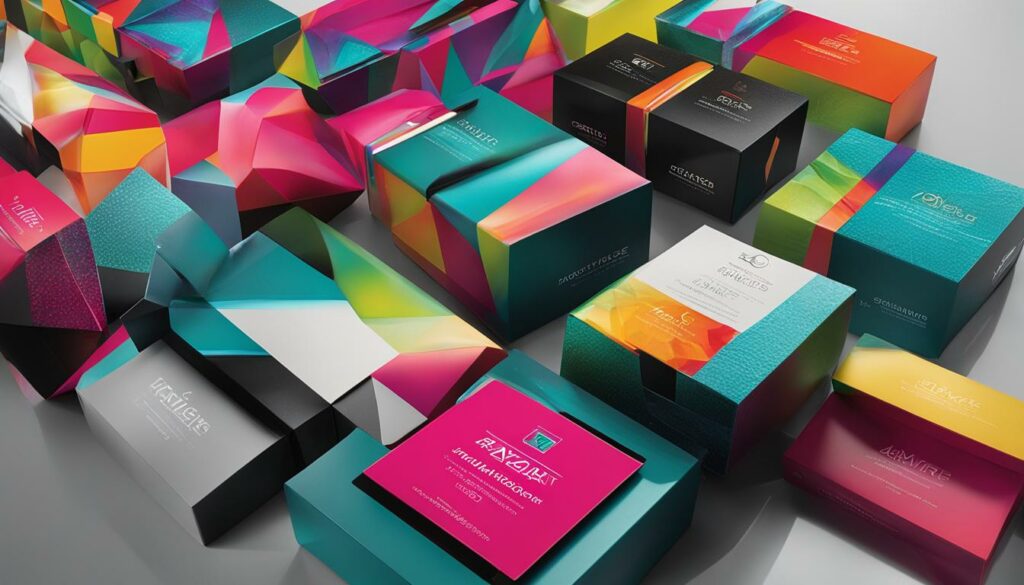
Consumer demand for convenience has driven packaging innovation in various sectors, such as food and beverages, personal care, and healthcare. Brands that prioritize convenience packaging effectively differentiate themselves in the market and attract loyal customers.
| Packaging Solution | Benefits |
|---|---|
| Easy-to-open containers | Provide convenience for consumers with limited dexterity |
| Single-dose packaging | Offers precise portioning and reduces product waste |
| Travel-friendly sizes | Perfect for on-the-go consumers and enhances portability |
The integration of technology and convenience packaging ensures that the packaging industry continues to evolve and meet the changing needs and preferences of consumers. As technology advances further, we can expect even more innovative packaging solutions that prioritize convenience and enhance the overall customer experience.
Clear Communication and Product Information
As consumers become more knowledgeable about the contents of their food, the demand for transparent packaging is on the rise. Transparent packaging allows consumers to easily assess the quality of the product and make informed purchasing decisions. Moreover, it fosters trust and loyalty towards brands that prioritize transparency.
However, transparent packaging alone is not sufficient. To effectively communicate product attributes and provide comprehensive information, inclusive labeling is essential. Inclusive labeling ensures that individuals with disabilities are not excluded from accessing crucial product information on packaging.
Inclusive labeling solutions, such as tactile properties and Braille, cater to diverse audiences. Tactile properties, such as embossed labels or textures, allow visually impaired individuals to navigate the packaging and identify the product. Braille provides vital information, such as ingredient lists or allergy warnings, for those who read Braille.
Furthermore, it is crucial for packaging to include product information beyond just the visual appeal. Packaging should provide details on processing methods, nutritional content, and environmental impact. By doing so, brands can empower consumers to make informed choices based on their individual preferences and values.
The Importance of Inclusive Labeling
Inclusive labeling is not only a legal requirement in many countries but also a means to promote inclusivity and accessibility. By ensuring that packaging is inclusive, brands can demonstrate their commitment to serving all consumers, regardless of their abilities.
Additionally, inclusive labeling enhances brand reputation and customer satisfaction. It sends a positive message that the brand values diversity and cares about the needs of its customers.
In conclusion, transparent packaging and inclusive labeling are integral components of effective communication and product information on packaging. By leveraging these strategies, brands can enhance consumer trust, loyalty, and satisfaction while ensuring accessibility for all individuals.
| Benefits of Transparent Packaging and Inclusive Labeling | Examples |
|---|---|
| Enhanced product visibility |
|
| Improved consumer trust and loyalty |
|
| Accessibility for visually impaired individuals |
|
The Future of Global Packaging Market
The global packaging market is experiencing significant growth, with a projected value of $1.05 trillion by 2024. This market is expected to grow at a compound annual growth rate (CAGR) of 2.8%. Several key trends are shaping the future of the packaging industry, including a continued focus on sustainability, rising incomes driving spending on packaged products, the dominance of flexible packaging, and consumer demand for convenience.
Sustainability has become a crucial aspect of the packaging industry, with consumers increasingly demanding eco-friendly packaging solutions. Brands are actively exploring ways to reduce waste, use recycled materials, and develop innovative packaging designs that minimize environmental impact. By embracing sustainable practices, companies can not only meet consumer expectations but also contribute to a more sustainable future.
Rising incomes, particularly in emerging markets, are driving increased spending on packaged products. As disposable incomes grow, consumers are willing to buy a wider range of packaged goods, including food, cosmetics, and luxury products. This presents companies with immense opportunities for growth and market expansion.
Flexible packaging has emerged as a dominant form of packaging due to its versatility, lightweight nature, and cost-effectiveness. The ability to provide extended shelf life, reduce transportation costs, and offer convenience to consumers has made flexible packaging a preferred choice across various industries. As the demand for flexible packaging continues to rise, companies should explore innovative ways to leverage this trend and deliver value to their customers.
Consumer demand for convenience has always been a driving force in the packaging industry. From easy-to-open containers to single-dose packaging and travel-friendly sizes, consumers are seeking packaging solutions that fit their busy lifestyles. Companies that prioritize convenience in their packaging designs and product offerings are likely to gain a competitive edge and enhance customer satisfaction.
Packaging plays a crucial role in brand identity, awareness, and differentiation. In a crowded market, companies must invest in packaging that visually communicates their unique value proposition and resonates with their target audience. Eye-catching designs, clear messaging, and well-crafted packaging can create a lasting impression on consumers, leading to brand loyalty and increased sales.
| Key Trends in the Future of Packaging Industry | Impact |
|---|---|
| Focus on sustainability | Meeting consumer demand for eco-friendly packaging and reducing environmental impact |
| Rising incomes | Driving increased spending on packaged products, leading to market growth |
| Dominance of flexible packaging | Offering versatility, convenience, and cost-effectiveness in packaging solutions |
| Consumer demand for convenience | Emphasizing ease-of-use, single-dose packaging, and travel-friendly options |
As the packaging industry continues to evolve, companies should stay abreast of these trends and adapt their strategies accordingly. By embracing sustainability, catering to changing consumer preferences, and leveraging innovative packaging solutions, businesses can capitalize on the future growth opportunities in the global packaging market.
Conclusion
The packaging industry is undergoing rapid transformation, fueled by changing consumer preferences, a growing emphasis on sustainability, and advancements in technology. In order to stay ahead in this competitive landscape, companies in the packaging industry must prioritize the implementation of effective marketing strategies that cater to the evolving needs of consumers.
By focusing on personalized, sustainable, and convenient packaging solutions, companies can create a unique value proposition that sets them apart from their competitors. Factors such as incorporating innovative technologies, staying informed about market trends, and leveraging consumer insights can all contribute to the success and growth of packaging companies.
As consumers increasingly demand packaging that aligns with their values and lifestyle, it is crucial for companies to embrace new technologies and stay up-to-date with industry trends. By doing so, packaging companies can not only elevate their brand image and reputation but also drive higher return on investment (ROI).
The outlook for the packaging industry remains promising, with ample opportunities for growth and innovation. By implementing effective marketing strategies and staying ahead of the curve, packaging companies can position themselves as industry leaders and capitalize on the evolving needs and preferences of consumers in the competitive global market.
FAQ
What are some effective marketing strategies for the packaging industry?
Some effective marketing strategies for the packaging industry include offering innovative and high-performance products, expanding distribution channels, and pursuing strategic partnerships and collaborations.
What are the trends and growth opportunities in the intelligent packaging market?
The intelligent packaging market is experiencing growth due to the increasing demand for environmentally sustainable products and the incorporation of technologies like artificial intelligence, machine learning, and blockchain.
How can companies address sustainability concerns in packaging?
Companies can address sustainability concerns in packaging by using easily recyclable and sustainable materials like paper and board, recycled PET (rPET), and bioplastics. They can also reduce excessive secondary packaging to minimize environmental impact.
How can packaging be customized to cater to consumer preferences?
Packaging can be customized by incorporating interactive features like QR codes or augmented reality (AR) to enhance the customer experience. Multi-panel labels and extended content can also provide value to consumers.
How does rising income impact spending on packaged products?
Rising income in regions like Asia is driving increased spending on packaged products, including food, luxury goods, and cosmetics. Flexible packaging is becoming popular, replacing traditional formats like metal tins and glass jars.
What are the trends in healthcare packaging?
In healthcare packaging, convenience and security features like child-resistant closures and tamper-evident packaging are in demand. Consumers are looking for microwavable ready meals, on-the-go packaging, and easy-open and reseal components.
How does technology play a role in consumer convenience?
Technology like artificial intelligence (AI) and augmented reality (AR) can assist with meal planning and customized purchasing, while convenience features like easy-to-open containers and travel-friendly sizes are in demand, especially among an aging population.
How can packaging effectively communicate product information?
Packaging and labels should clearly communicate product attributes and provide information on processing, nutrition, and environmental impact. Inclusive labeling solutions like tactile properties and Braille can cater to diverse audiences.
What is the future outlook for the global packaging market?
The global packaging market is projected to reach $1.05 trillion by 2024, with a focus on sustainability, flexible packaging, and consumer demand for convenience. Packaging plays a crucial role in brand identity, awareness, and differentiation.
What should packaging companies consider for their marketing strategies?
To stay competitive, packaging companies should focus on implementing effective marketing strategies that cater to consumer demands for personalized, sustainable, and convenient packaging. Embracing new technologies and staying up-to-date with market trends can help elevate brands and boost ROI in the packaging industry.
